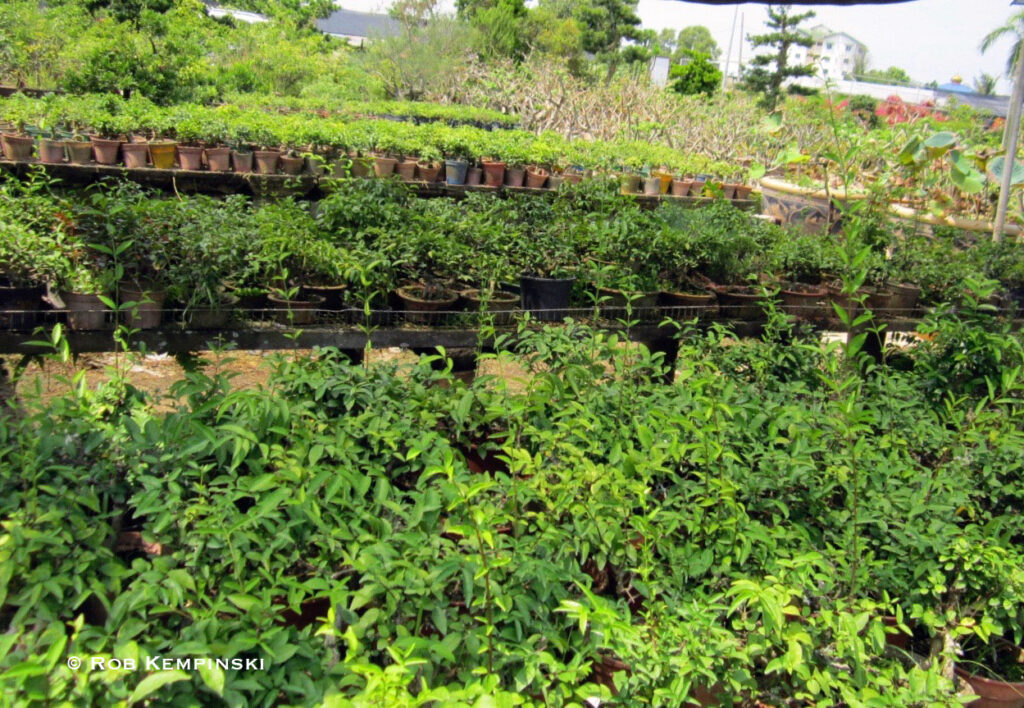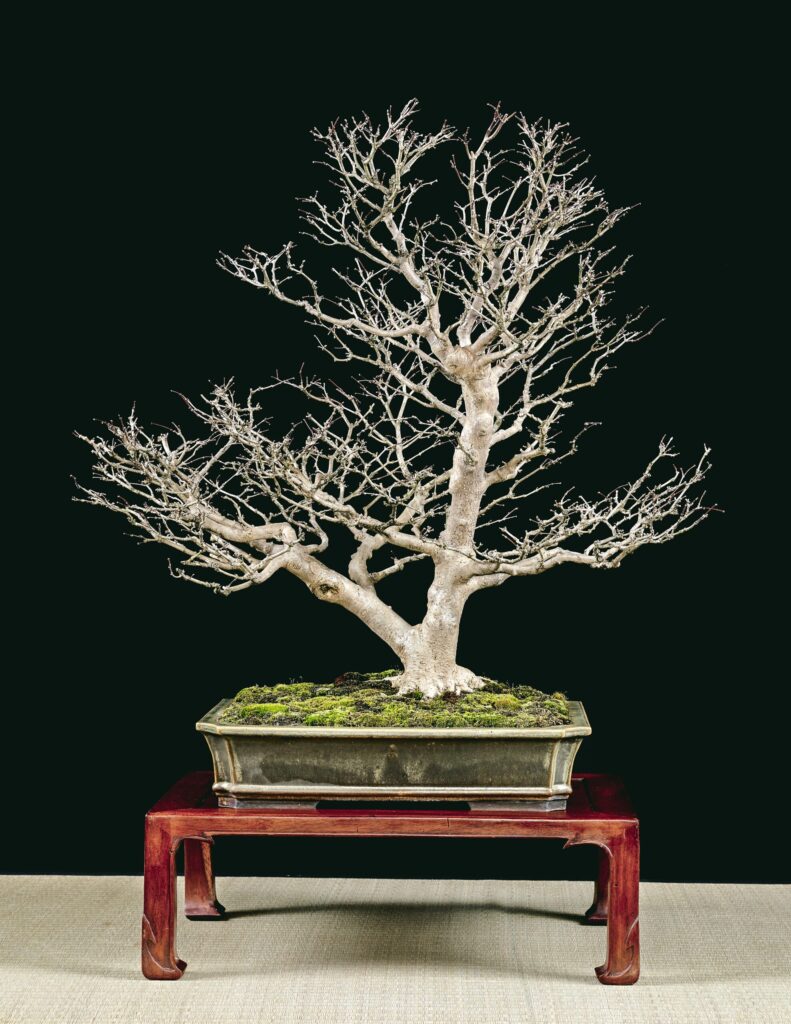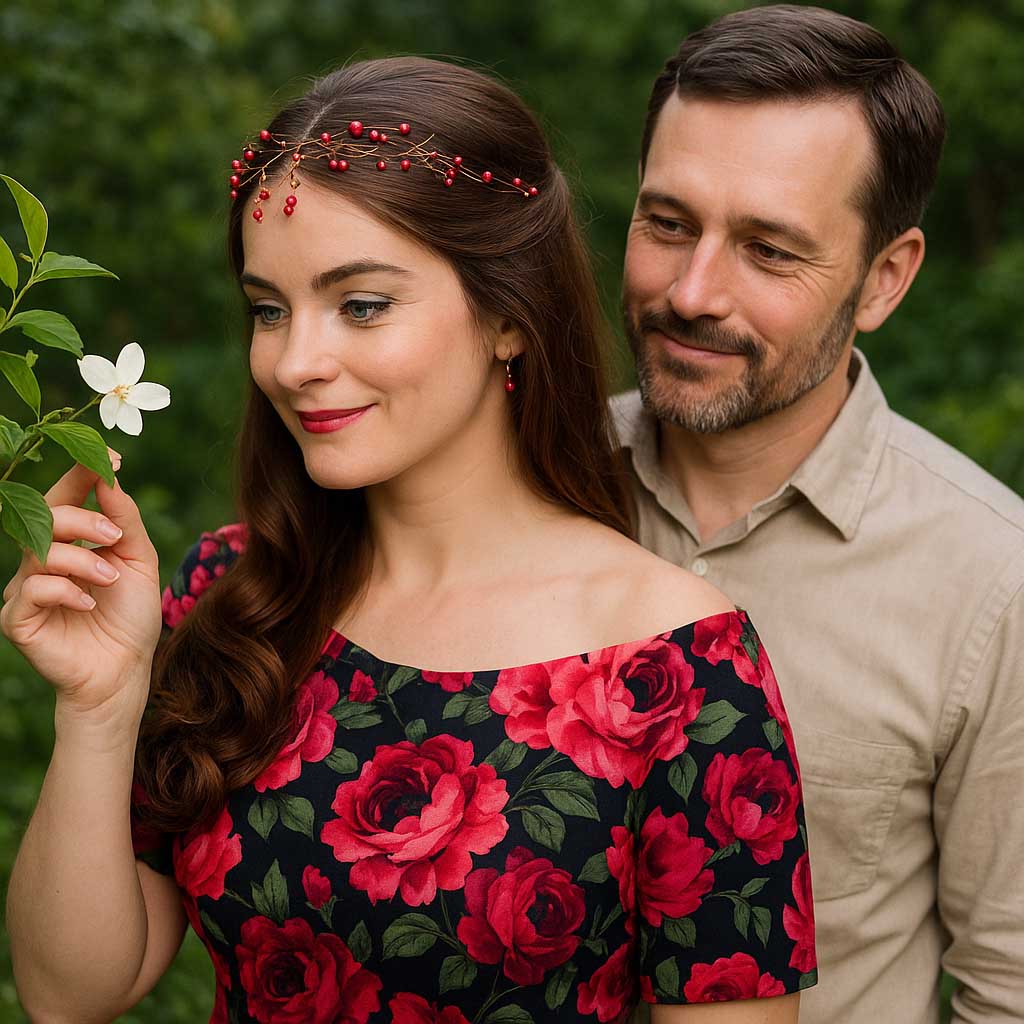
Biology powers sex, but culture focuses it. Culture levies a strong force on human behavior. It takes advantage of our supposed intellect to amplify a basic biological function that in the end is driven by the process of natural selection. Humans are not alone. Other species join us in this the basic biological function of sensuality-based attraction, including plants.
Flowers appeal to humans for the same reason the human form appeals to the opposite sex. They appear pretty which matches species genetic need to reproduce. At a bonsai show, the unwashed observers of bonsai almost always prefer to view trees in flower versus those not. Little do they realize their preference is for the X-rated show: they are actually watching trees reproduce. This time of year in Brevard we have all kinds of flowers trying to make babies, or more technically seeds. One in particular I’d like to focus on is the Water Jasmine (Wrightia religiousa).

This Scottish physician and botanist Dr. William Wright, who lived from 1740 to 1827 gave it its name. For the scientific name he used the Latin word “religiosusa,” meaning “sacred” or “of religious rites”. In southeast Asia where the tree originate the species is considered sacred by many, particularly Buddhists, and is often planted in temples and gardens. When I visited Malaysia where there is both Buddhist and Muslim culture, I was told Buddhists grow Water Jasmine and the Muslims grow Cucur Atap (Beackea Frutescens). I can’t confirm it but it does show the religious connection with the Water Jasmine.
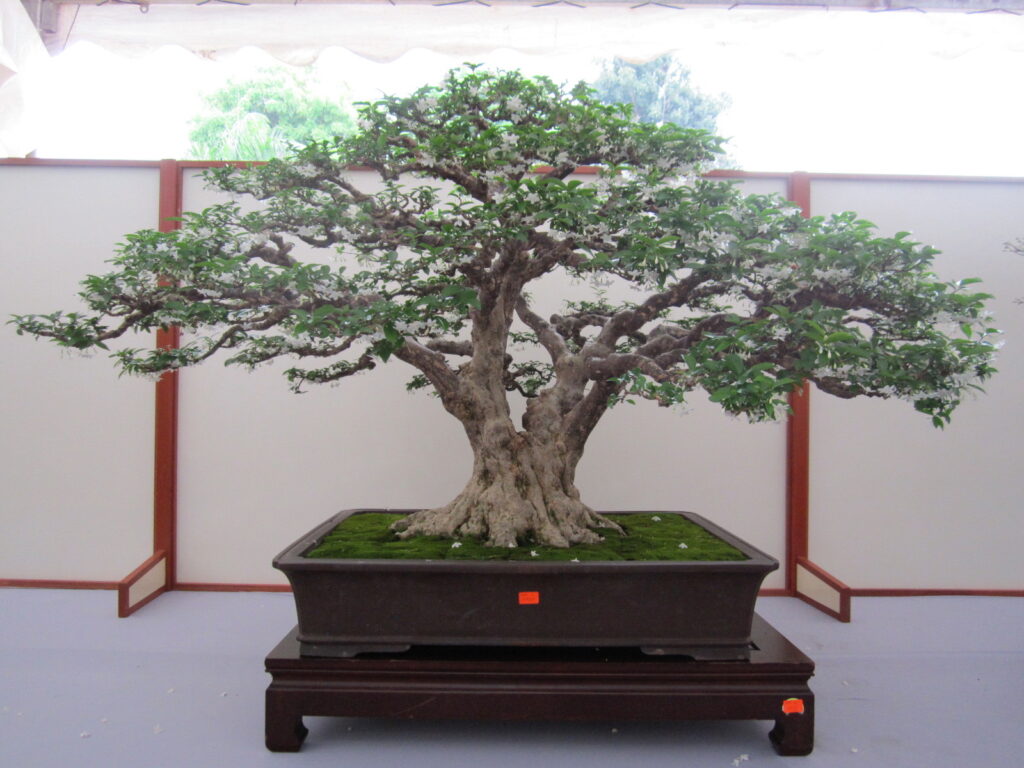
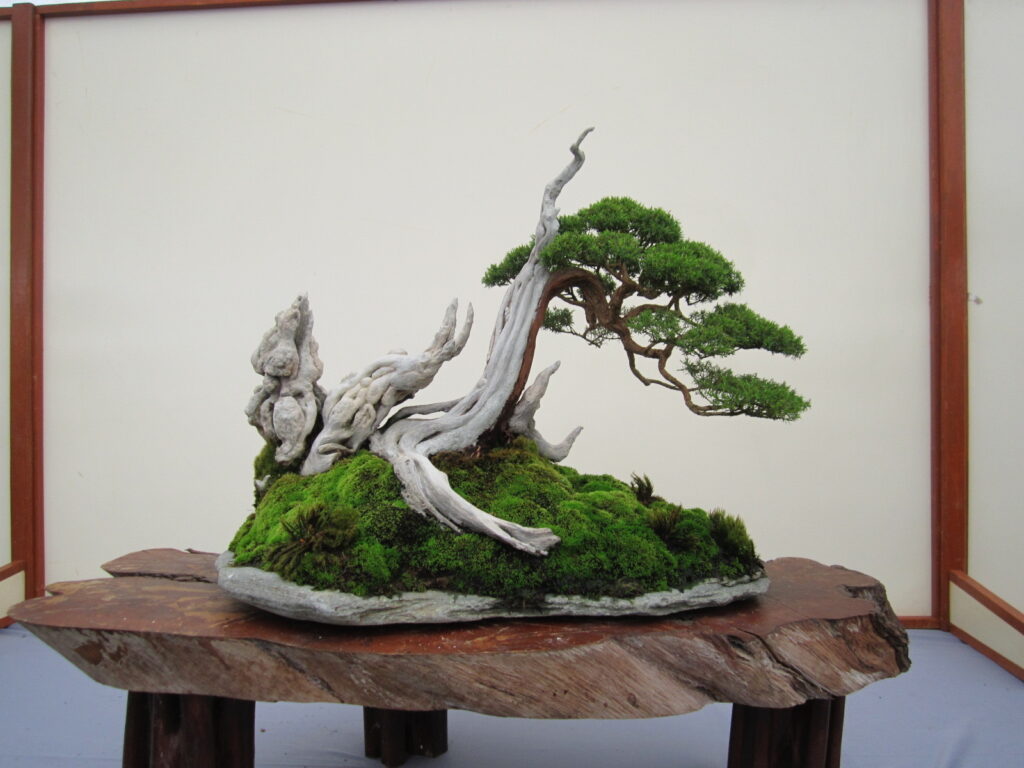
The Water Jasmine grows in paired leaf formation and the pendulous flowers hang down. Because of this paired leaf, and its smooth bark, it resembles the Japanese maple in growth habit. For those suffering from zone envy, grow Water Jasmine instead of lusting for Japanese maples. The scent of the small delicate white flowers will be an added benefit that matches the Japanese maple leaf color. Water Jasmine also took good naked. A common way to display them at shows when they are not in flower.

Despite its name, it is not a water loving plant. While they shouldn’t dry out they just need regular water and flowering fertilizer to encourage blooms. This time of year they love to flower and fill the garden with a sweet smell similar to jasmine, hence the common name. Another nice feature is the bark heals over cut branches quite readily. As a tropical plant they can’t take freezing so give them protection when the temperate dips. Readily grown from cuttings, give them a try to liven up the look and aroma of your bonsai garden. There are several varieties in the USA. The common one makes single flowers. There is a dual flower version. There is also a “Vietnamese variety” that has small leaves but in my experience is very vulnerable to cold temperatures.

